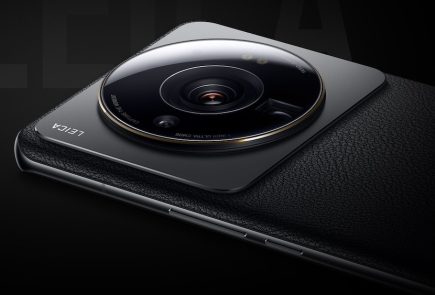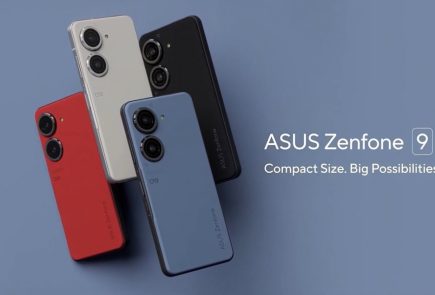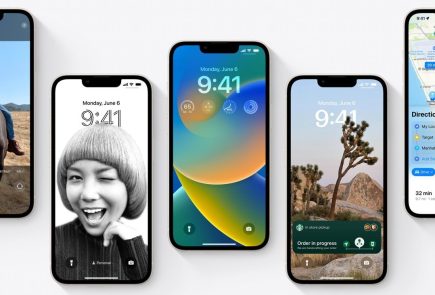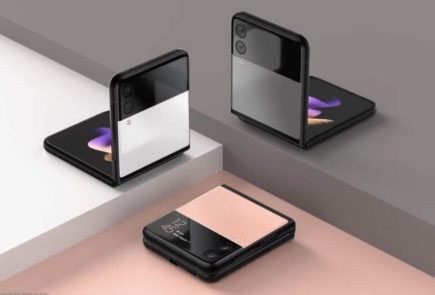MWC 2016 : Five Best Tech Innovations On Display
Phones, and then some more phones expectedly dominated the proceedings at the Mobile World Congress 2016, as big name players such as Samsung, LG along with first timers such as Xiaomi launched new flagship devices, but the MWC wasn’t only about smartphones this year.
This was the year when MWC went beyond just smartphones and explored deeper corners of the consumer tech industry. On show were products and technological innovations ranging from VR headsets, 360-degree cameras, home security robots, convertible tablet/laptop hybrids and much more during. So let’s rewind and take a look at the best technological innovations that MWC brought to us in 2016.
Super VOOC Quick Charging and SmartSensor Image Stabilization
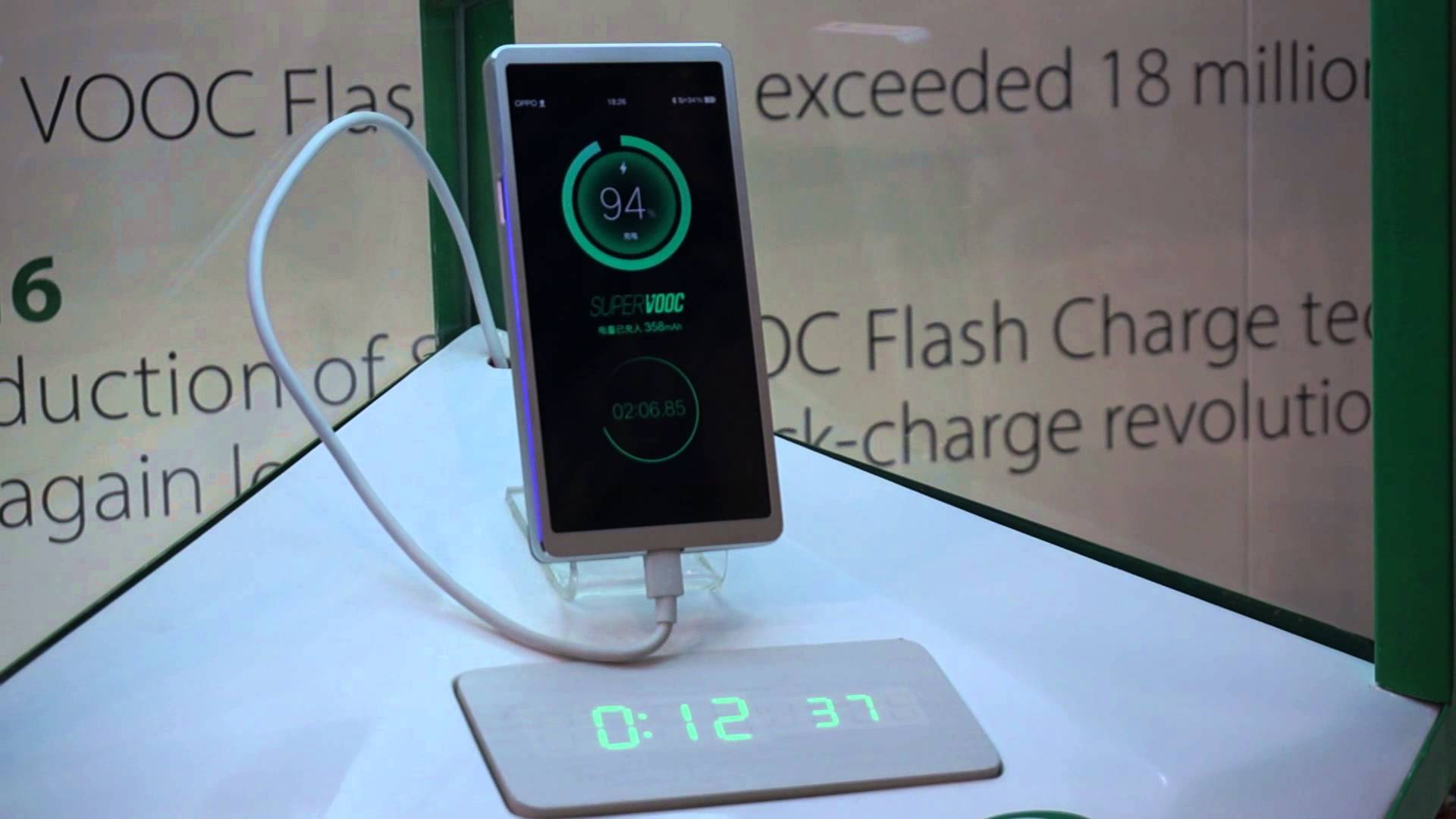
Oppo’s much-hyped, “Wow the World,” event did not bring too much to the tech world in terms of hardware, but in terms of technological breakthroughs, it was second to no event and showcased technology that could seriously change the way phones perform in the future.
Oppo brought to the world the “SmartSensor Image Stabilization,” technology which is the first sensor-based image stabilization tech in the world, along with Super VOOC quick-charging technology which can charge a 2500mAh battery 45 percent in five minutes of charging, and 100 percent in about 15 minutes. Now that is quick.
OPPO’s take on fast charging is brilliant in the sense that it uses low-voltage to charge batteries. Most types of fast charge work by pushing out more amps, but VOOC keeps your standard amperage, reducing the risk of overheating or battery damage.
Xperia Ear
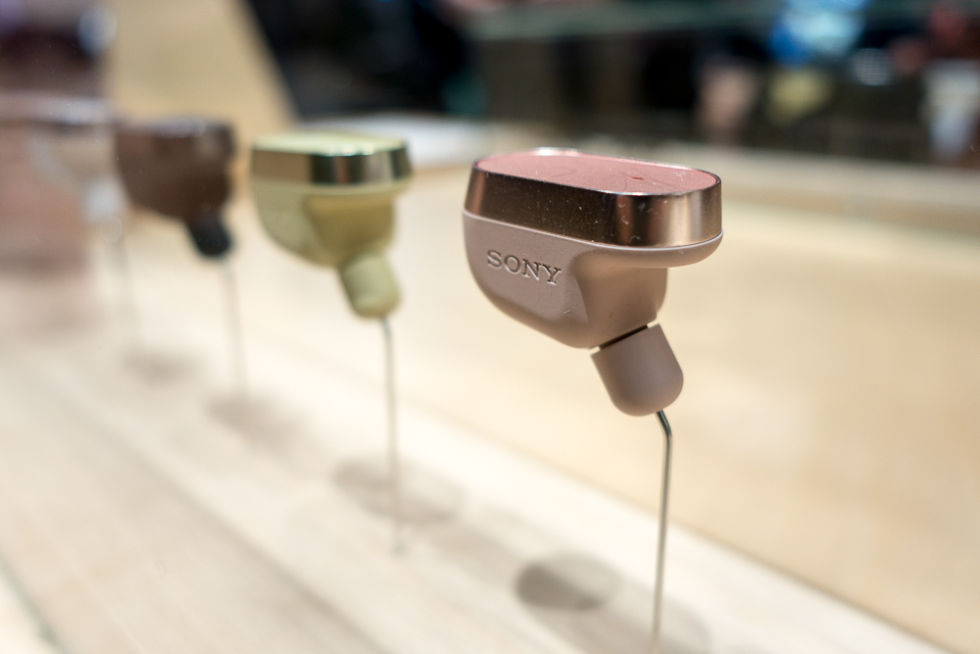
At the MWC 2016 Sony announced three big innovations in the form of peripherals: a projector, a life-blogging camera, and an in-ear personal assistant. The best amongst the three, the Xperia ear. It is a tiny Bluetooth-connected ear piece which acts like a voice-controlled personal assistant which can take calls, send messages, get traffic updates or check the weather and even help you finding your way around the city. Step ahead towards the future we say.
The earpiece is comfortable and discreet and is compatible with Sony’s own software while also being equipped with the power to use Google Now helping users take advantage of Android’s ever-expanding voice control functions.
Nokia OZO camera

The Mobile World Congress, 2016 saw a lot of interesting devices, and one very interesting device that the tech world came across was the Nokia Ozo VR camera which will in all probability be the first cinema grade virtual reality recorder. The device comes with the capability to record and store up to 45 minutes of audio and video
Nokia Ozo, is a camera like none other which combines live streaming, live monitoring, automatic stitching (a process used to blend the separate camera feeds) and 3D audio and video. With the Ozo Nokia could alleviate the headaches and obstacles faced by early VR filmmakers. With the Ozo, Nokia will look to establish itself as the go-to VR production solution and become the market leader in this growing segment.
Sync 3
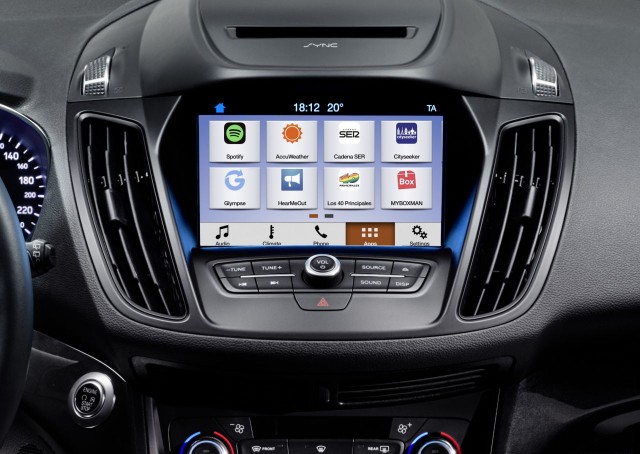
One of the biggest car manufacturer in the world, Ford, is looking at bringing a revolution as big to the motorists experience as what smart capabilities brought along with them to phones a decade back. Ford unveiled the Sync 3 technology for car dashboards which will bring an infotainment system that will allow users to connect to the Sync 3 with their smartphones and access hundreds of applications and services.
Sync 3 is equally adaptable with android and iOS and allows them to enjoy apps and services through the cars dashboard. It comes with an 8 inches touch screen and voice recognition features with easy to navigate and user-friendly interface. Ford claims that the Sync 3 is not just another technology, butt rather it is a whole new level of life-like experience for the users. Looking at its potential we can’t disagree.
4-Axis Optical Image Stabilization
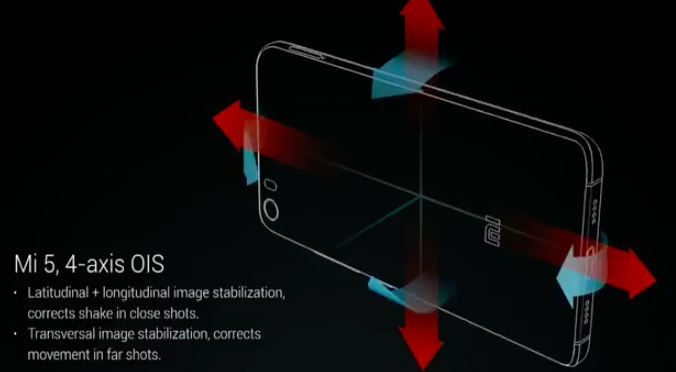
Xiaomi’s latest flagship, Mi 5 sports, a 16-megapixel rear sensor that uses Sony IMX29, but what truly sets the phone apart is the technological innovation on display with the 4-Axis Optical Image Stabilization system on board.
The rear camera on the Mi 5 promises to capture great images and videos with superior focus thanks to its new OIS technology that uses 4-axis rather than the traditional 2-axis that most other smartphones currently use. Xiaomi demonstrated the stability of its camera by comparing it to the iPhone 6s, which is considered to have the best OIS currently in the market.
The 4-axis OIS basically gives you more stability under shaky conditions. While traditional 2-axis OIS can work around rotational movements, the 4-axis can handle transversal as well, because shakiness comes in all directions.The 4-axis OIS technology corrects shake in close shots and can capture accurate movement in distant shots as well. All of this translates into smoother, sharper and blur-free images.
















